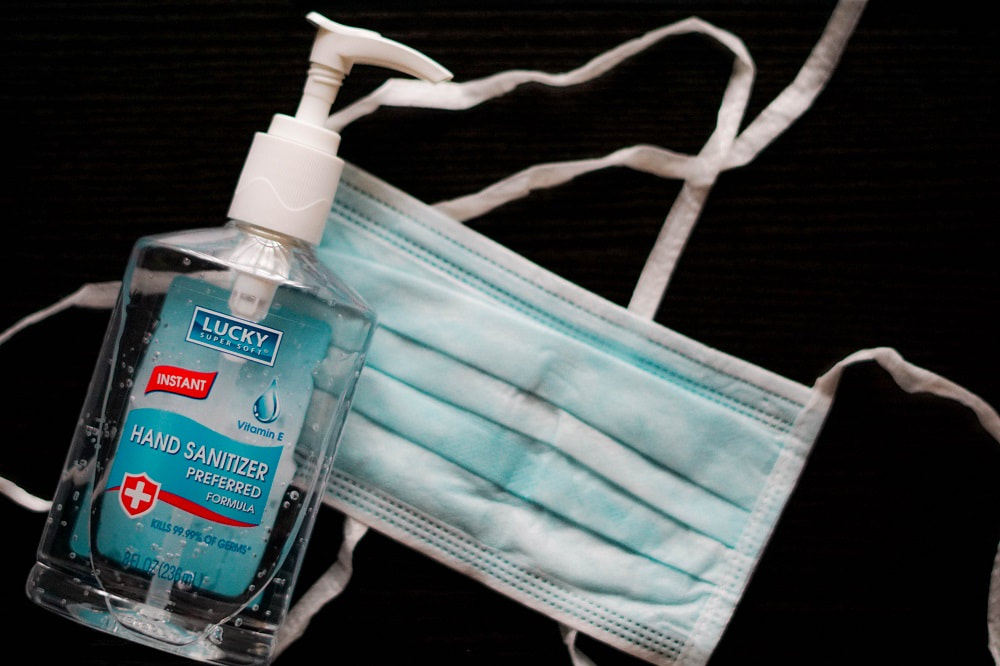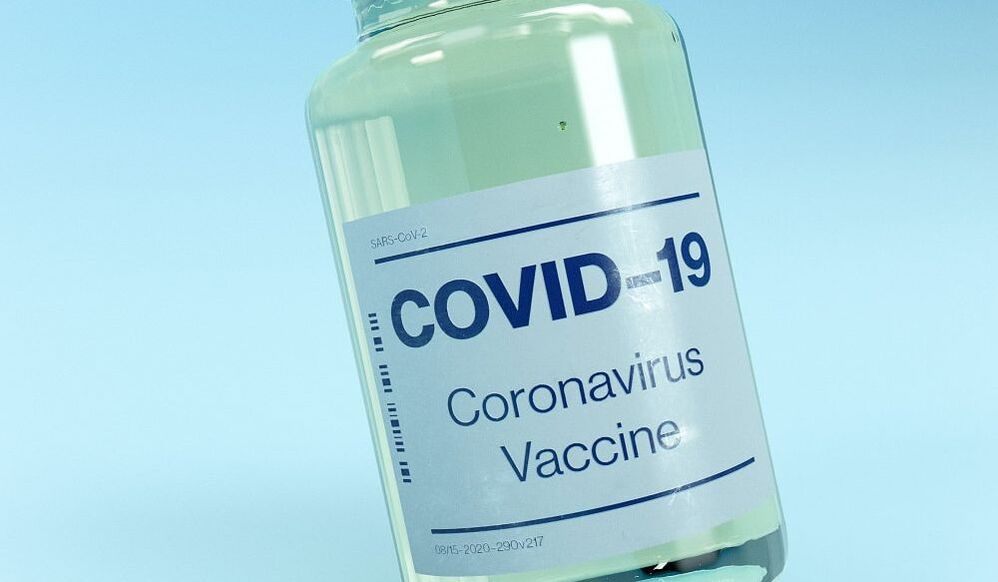|
The arrival of the vaccine means that business owners are that much closer to bringing people back to work. But what is the safe and legal way to get back to business as usual? Attorney Rick Grimaldi shares some insights. Many employees are still working at home as the pandemic lingers. But now that vaccination distribution has ramped up, many leaders are counting down the days to when they can bring employees back and once again maximize the rewards of face-to-face collaboration and innovation. The biggest question on their minds: How can we do this in a way that keeps everybody safe—including employees, vendors, and customers? Grimaldi, an attorney at the forefront of COVID-19 workplace issues, has some suggestions for how to navigate a safe return. First, decide whether some, most, or all of your employees will stay remote. If you are one of the many organizations that allowed employees to work from home during the pandemic, you and your workforce could be inclined to keep at least some employees remote. After all, some roles are conducive to remote work, and many employees have shown that productivity does not suffer when they work virtually. Next, decide who will come back, and when. Make a plan to stagger schedules and shifts to help workers come back as safely as possible. Establish a process that can be carried out while providing maximum safety, fairness, and consistency for all. Comply with established safety guidelines to help workers come back safely. As employees return to the workplace, your main objective should be protecting them from COVID-19. To ensure that you are complying with established safety practices, check out guidelines posted by OSHA and the CDC. Train managers and employees on the new protocols put into place. “Hold briefings on safety protocols before employees return to work via virtual meetings,” says Grimaldi. “Use a team approach so that everyone has a responsibility to ensure continued safety for all...” Conduct daily temperature checks. Subject to specific state and local laws and with proper protocols and policies in place, you should conduct temperature checks each day. Grimaldi notes that many have been doing temperature checks since the beginning of the pandemic when their workers were required to be in the workplace, but that privacy and data collection law may require you to adjust your preferred practices. Require employees to stay home if they have COVID symptoms. Tell your workers not to come in if they experience fever or chills, cough, shortness of breath, or any other symptoms of the coronavirus. Remember, keeping everyone safe limits your risk of liability. Safety should be your first priority. But most employers are still concerned about liability should any employees, vendors, customers, or other visitors contract COVID-19. Grimaldi says that to the extent there is any exposure to private civil litigation, most jurisdictions utilize workers’ compensation laws to protect employees and to remove the burden of independent negligence lawsuits that would overly burden employers. Organize a vaccine committee. Equally as important as providing a safe workplace is ensuring that as many employees are vaccinated as possible. If you have not yet done any work in this area, a good first step may be convening a committee to help suggest and develop recommendations for your business. Decide whether your company will mandate the vaccine… Or whether you will simply encourage workers to get vaccinated… But be prepared for some employees to choose not to be vaccinated (for health reasons or other reasons). Remember that employees have rights under the Americans with Disabilities Act. Again, to protect yourself from lawsuits, you should always be prepared to engage in the interactive process with medically fragile employees with the goal of finding a reasonable accommodation, if possible, that will allow the employee to perform the essential functions of his or her job. All that said, some employees may resist returning to work because they do not feel it is safe. This is a tricky subject, notes Grimaldi. But at some point, just feeling unsafe, assuming your employer is doing everything possible to make the workplace safe, will not win the day for employees. Even if your entire workplace gets vaccinated, do not plan to relax safety practices anytime soon. The CDC’s new guidance permits relaxed safety standards for fully vaccinated people, but you should still exhibit patience. A widely anticipated Emergency Temporary Standard from OSHA is expected to appear soon, and it may require employers to maintain a workplace safety protocol that calls for universal mask-wearing and maintaining physical distancing under federal law. Meanwhile California, along with a variety of other states, currently requires employers to maintain precautions that are presently in place. Rick Grimaldi is a workplace trends expert and the author of FLEX: A Leader’s Guide to Staying Nimble and Mastering Transformative Change in the American Workplace.
1 Comment
Leave a Reply. |
Categories
All
Archives
March 2023
|




